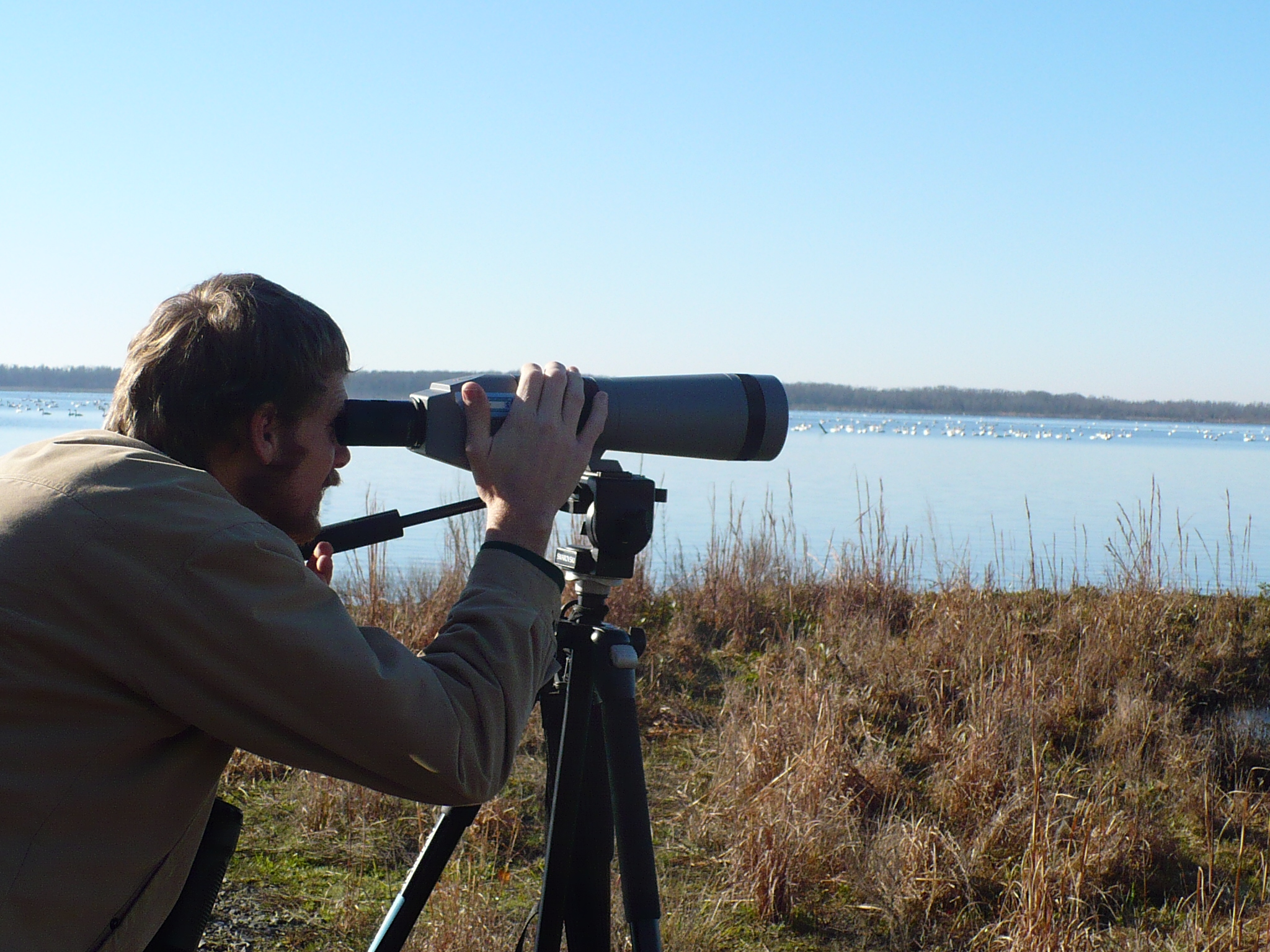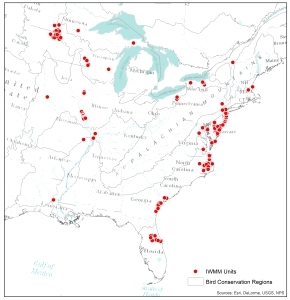Soon summer will give way to fall and waterbirds will depart their breeding areas enroute to their wintering grounds. Collectively, waterfowl, shorebirds and long-legged wading birds (i.e. waterbirds) will depend on various wetland habitats to rest and feed to fuel their migration to and from wintering areas. Numerous state, federal and private wetland managers (Wildlife Management Areas, National Wildlife Refuges, etc.) are providing these habitats and often tracking waterbird use and habitat conditions in various ways. Now, thanks to the Integrated Waterbird Management & Monitoring (IWMM) Program that recently became operational, it’s possible to track waterbird use and habitat conditions in a standardized way across the country. The IWMM provides standardized waterbird use and habitat condition protocols, an online database to store and generate reports on waterbird use and habitat conditions, and a program website (iwmmprogram.org) on all things IWMM. This is a giant leap forward for nonbreeding waterbird conservation.
Participation in the IWMM approach will enable land managers to document the timing of waterbird movements, the amount of waterbird use and habitat conditions, manage their data and generate reports via an online database, and evaluate their management actions. In addition, IWMM has developed decision support tools that will enable multi-scaled waterbird habitat management decisions to be made in a structured, transparent, and defensible fashion. To determine a site’s potential contribution to survival during migration, IWMM developed a spatially explicit model of waterbird(i.e. mallard) migration. This “flyway model” simulates mallard migration (plans are to model shorebirds and long-egged wader migration as well) as a function of caloric gains and losses, and incorporates GIS inputs (e.g., landcover, breeding and wintering range maps, population estimates, roosting quality, forage availability), and information in published studies of waterfowl food habits, flight speeds, travel distances, etc., to move mallards across a continental landscape. This decision support tool provides managers with information about the value of a particular area to waterfowl (mallards) in the larger landscape and increases our understanding of how to manage (e.g., acquire, protect or restore) habitat for the conservation of migratory waterbirds. Ultimately, IWMM aims to enable decision-makers to ensure that non-breeding waterbirds have the right habitat, in the right place, at the right time.
Join the IWMM community! Visit the IWMM website for more information or contact: Linda_Wires@fws.gov (IWMM Coordinator), Linda_Ziemba@fws.gov (Northeast), John_Stanton@fws.gov (Southeast), Brian_Loges@fws.gov (Midwest), Bill_Johnson@fws.gov (Southwest) or Paige_Schmidt@fws.gov (Southwest).



